|
We are wrapping up virtual owl pellet dissections with Easton’s third graders and it has been so awesome to explore all of the incredible ways owls are able to thrive in their environments! Many of us hear owls calling at night, but seeing an owl is much more uncommon. This is in part to do with all of the adaptations that allow them to know what is going on around them while being essentially undetectable by others. When looking at the physical structure of owls, everything about them is to help them to be successful predators.
The assumption that many of us make is that because owls have big eyes, they must have great vision. This is absolutely correct and not only do their big eyes equal great vision, but more specifically they allow for great night vision! Having larger eyes with larger pupils lets more light enter the eyeball. This means that in the middle of the night when things looks dark to most animals (humans too), owls can still see a lot of detail! In addition to being able to let in more light, owls' eyeballs have many more rod cells than most animals.
We often assume that all owls are nocturnal, meaning that they are most active at night, but some owls are what we call diurnal, meaning that they are active during the day. The local Barred Owl is a species that can often be seen during the day on overcast days as well as when they are raising their young and teaching them how to hunt. Additionally, some owls are what we call crepuscular, which means they are most active at dusk and dawn! Because of the size of owls' eyes, they have a special adaptation inside their skulls to keep their eyeballs from deflating! This modification is a bone called the sclerotic ring, which is actually inside the eyeball and offers much needed support to keep the eyes functioning at their best. Many birds and reptiles have sclerotic rings, making it one of the many shared traits that birds, reptiles and a number of dinosaurs have in common! Unlike other birds and reptiles, the owl's sclerotic rings are much larger and much sturdier. They are so sturdy, in fact, that owls are unable to move their eyes within their sockets to look from right to left and up and down.
Owl vision is only one aspect of what makes them such successful predators. They are also able to fly in complete silence due to modified, frayed wing tips, they have asymmetrical ears for pinpointing their prey, and hooked beaks for eating what they catch with their large talons! Not to mention the ability to produce a pellet in their first (of two) stomachs, the proventriculus, which is where the owl's body filters out all of the undigestible hard-parts like bones, fur and feathers of the animals they are eating. Once these hard-parts are filtered out, the nutrient-rich meat continues on to be digested in the owl's second stomach, the muscular stomach. All of the fur, feathers and bones are then compacted into a pellet in the proventriculus and regurgitated, or spit up, back out the mouth of the owl. Incredible!
1 Comment
|
AuthorNRT's dedicated staff are responsible for the content of the NatureTalk blog. Questions? For more information on any blog post, please contact us at any time. Archives
December 2021
Categories
All
|

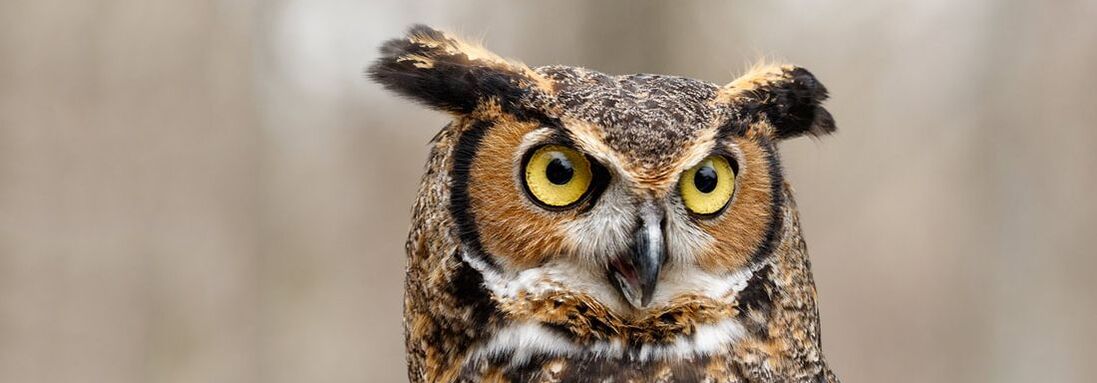
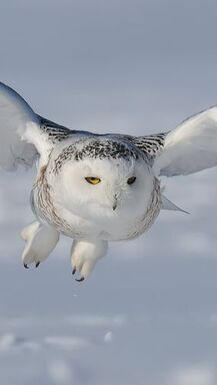
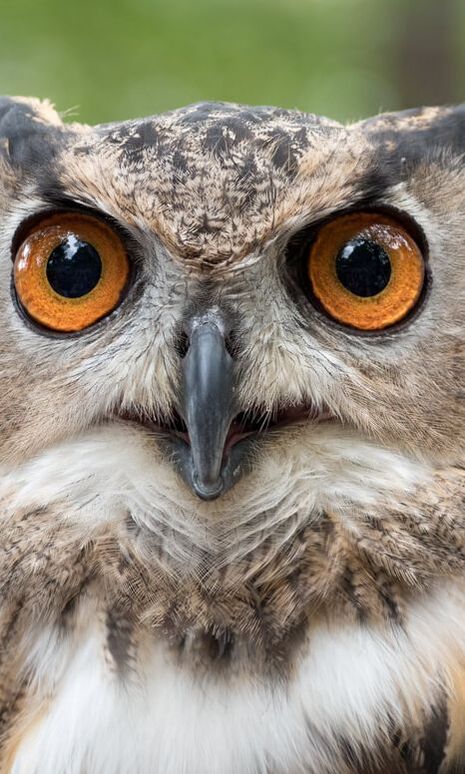
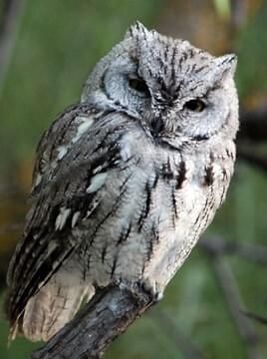
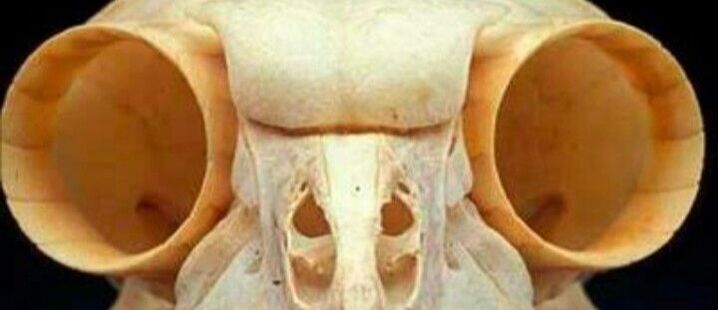
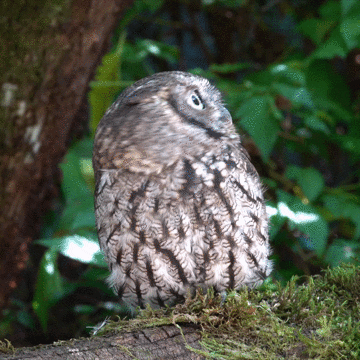
 RSS Feed
RSS Feed
